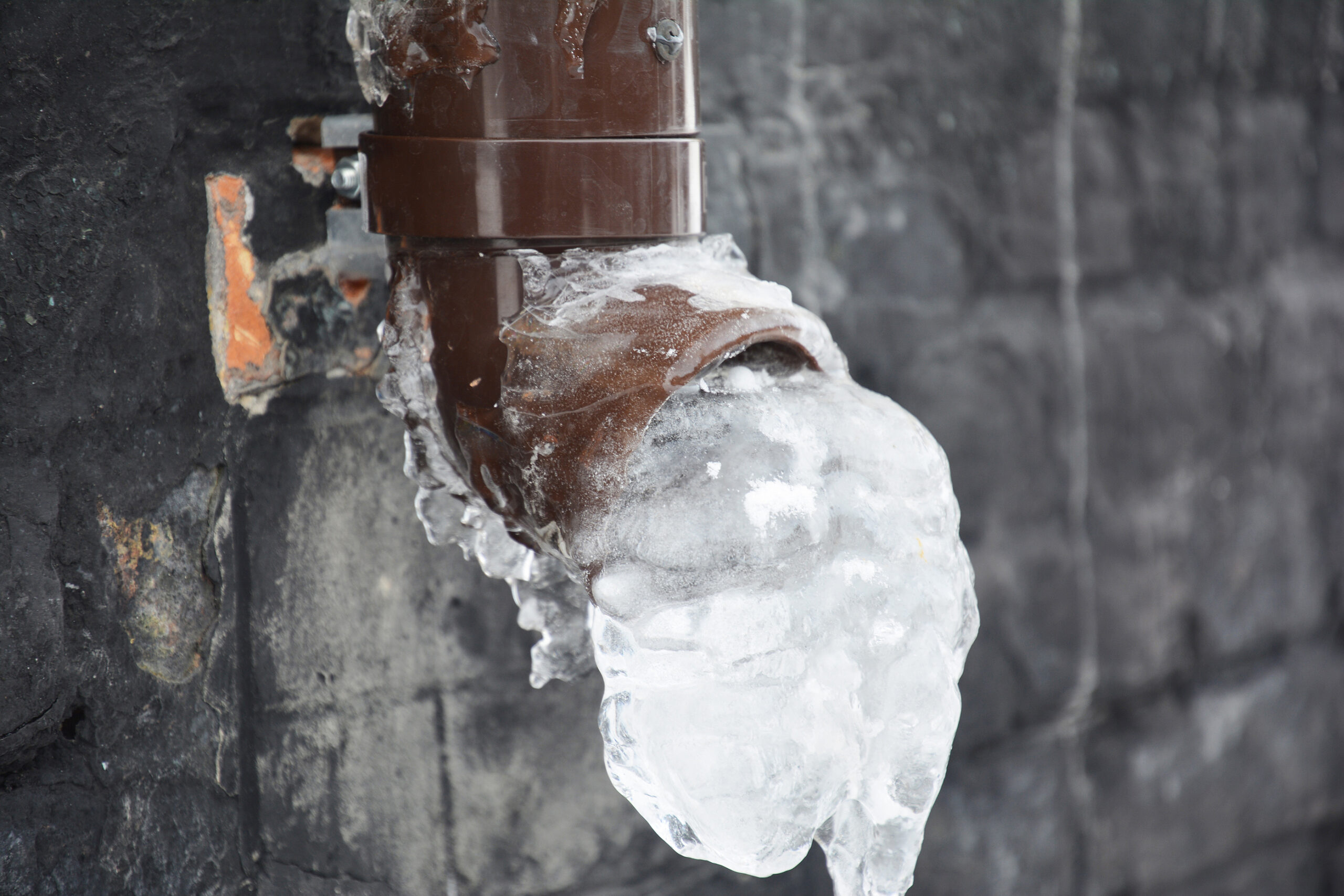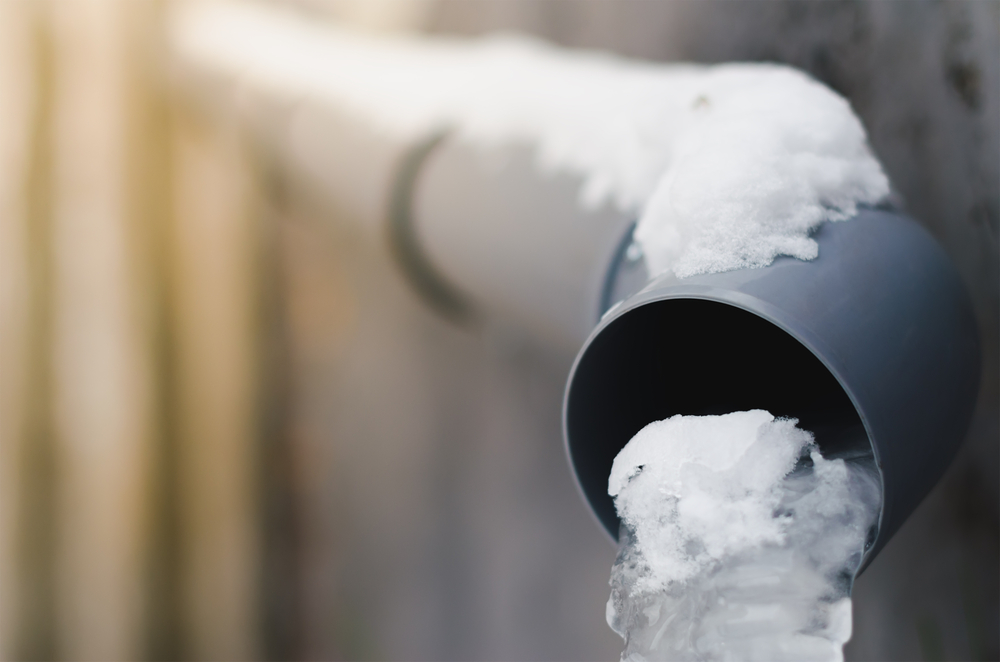Essential Tips for Avoiding Frozen Pipes in Winter Conditions
Essential Tips for Avoiding Frozen Pipes in Winter Conditions
Blog Article
This great article following next in relation to Prevent Frozen Pipes is absolutely insightful. Give it a try and draw your own personal assumptions.

Winter can wreak havoc on your pipes, especially by freezing pipes. Right here's just how to avoid it from taking place and what to do if it does.
Introduction
As temperature levels decline, the threat of icy pipelines rises, possibly resulting in expensive repairs and water damage. Comprehending how to avoid icy pipes is essential for house owners in chilly environments.
Avoidance Tips
Protecting vulnerable pipelines
Cover pipes in insulation sleeves or make use of warm tape to safeguard them from freezing temperatures. Concentrate on pipes in unheated or external areas of the home.
Home heating methods
Keep indoor spaces adequately heated up, especially locations with plumbing. Open up cabinet doors to enable cozy air to distribute around pipes under sinks.
How to determine frozen pipes
Try to find lowered water flow from taps, uncommon odors or sounds from pipelines, and visible frost on subjected pipelines.
Long-Term Solutions
Architectural changes
Think about rerouting pipes far from outside wall surfaces or unheated locations. Include added insulation to attic rooms, cellars, and crawl spaces.
Upgrading insulation
Purchase premium insulation for pipelines, attic rooms, and walls. Appropriate insulation assists keep consistent temperatures and decreases the threat of icy pipes.
Securing Outside Plumbing
Yard tubes and outside faucets
Disconnect and drain pipes garden hose pipes before winter months. Set up frost-proof spigots or cover exterior faucets with insulated caps.
Recognizing Frozen Pipelines
What triggers pipes to freeze?
Pipelines ice up when subjected to temperatures listed below 32 ° F (0 ° C) for extended periods. As water inside the pipelines freezes, it broadens, taxing the pipeline walls and possibly causing them to break.
Dangers and problems
Icy pipes can cause supply of water disruptions, residential or commercial property damage, and costly repair work. Ruptured pipelines can flood homes and cause extensive structural damage.
Signs of Frozen Pipes
Recognizing icy pipelines early can avoid them from bursting.
What to Do If Your Pipes Freeze
Immediate activities to take
If you think frozen pipelines, maintain faucets available to soothe stress as the ice melts. Use a hairdryer or towels taken in warm water to thaw pipes slowly.
Final thought
Avoiding icy pipes needs aggressive procedures and quick responses. By understanding the reasons, indications, and safety nets, homeowners can safeguard their pipes throughout winter.
5 Ways to Prevent Frozen Pipes
Drain Outdoor Faucets and Disconnect Hoses
First, close the shut-off valve that controls the flow of water in the pipe to your outdoor faucet. Then, head outside to disconnect and drain your hose and open the outdoor faucet to allow the water to completely drain out of the line. Turn off the faucet when done. Finally, head back to the shut-off valve and drain the remaining water inside the pipe into a bucket or container. Additionally, if you have a home irrigation system, you should consider hiring an expert to clear the system of water each year.
Insulate Pipes
One of the best and most cost-effective methods for preventing frozen water pipes is to wrap your pipes with insulation. This is especially important for areas in your home that aren’t exposed to heat, such as an attic. We suggest using foam sleeves, which can typically be found at your local hardware store.
Keep Heat Running at 65
Your pipes are located inside your walls, and the temperature there is much colder than the rest of the house. To prevent your pipes from freezing, The Insurance Information Institute suggests that you keep your home heated to at least 65 degrees, even when traveling. You may want to invest in smart devices that can keep an eye on the temperature in your home while you’re away.
Leave Water Dripping
Moving water — even a small trickle — can prevent ice from forming inside your pipes. When freezing temps are imminent, start a drip of water from all faucets that serve exposed pipes. Leaving a few faucets running will also help relieve pressure inside the pipes and help prevent a rupture if the water inside freezes.
Open Cupboard Doors
Warm your kitchen and bathroom pipes by opening cupboards and vanities. You should also leave your interior doors ajar to help warm air circulate evenly throughout your home.

I'm just very intrigued by Preventing and dealing with frozen pipes and I'm hoping you enjoyed reading my piece. Are you aware of somebody else who is sincerely interested in How To Avoid Freezing Pipes? Feel free to share it. I praise you for your time. Please stop by our blog back soon.
Call Today Report this page